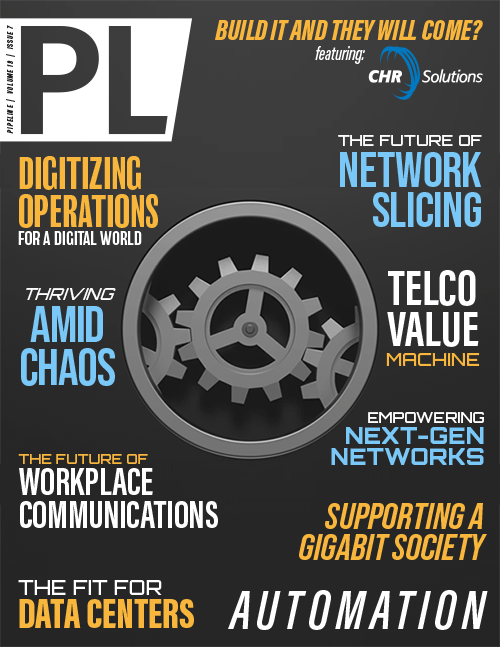Build it and they will come?
Harnessing Geospatial Technology
Historical data can be easily aggregated, compiled, and analyzed within the designated geographic platform to give a clear picture of budget needs, timing considerations, and permit requirements to make real-time decisions that aren’t based on averages, assumptions, or “best guess” projections. Using real-time data, better predictions can be made about project timelines.
The best geographic platform solutions provide transparency throughout every phase of the development process. Sales teams can know when it’s okay to take pre-orders because they have a clear view of the project timeline and exactly where in the process each key element is currently situated. Construction is more efficient because they have the detailed information they require regarding where and when to build. It’s no longer a matter of experience-based guesswork—instead, it’s concrete information in real time.
And the transparency that comes with geographic platform adoption means customers can count on the information they’re given, which is important for keeping them happy.
The power that enterprise brings
For companies that manipulate the bulk of their GIS data from the Environmental Systems Research Institute (ESRI) ecosystem, growing beyond a basic geospatial framework to managing GIS data in an enterprise environment allows them even greater access to their data, providing them the opportunity to implement advanced quality control automation and to obtain quicker speed to market, along with the added security of moving to an enterprise environment.
In an enterprise environment, users are still able to use ESRI software and solutions, but companies create their own servers, either on premises or in the cloud, to manage the data. The company then maintains the security and the machinery, as well as the firewall and the network capability, but the company is now in charge of how fast and how secure they want the implementation to be. In short, owning the equipment gives the company complete control of the data and how it's used, rather than having limited or partial control when they’re fully reliant on accessing the data from ESRI.
Additionally, working with GIS data in an enterprise environment makes customized app development much easier—specifically, apps designed to handle a wide variety of tasks and functions and that can be implemented to address a range of permitting, design, or field work issues.
In practical terms, a telco that has a fleet of maintenance vehicles or service techs in the field would be in a position to develop apps that allow insight into their fleet’s locations in real time, to see what projects they're working on, and facilitate routing them to the next project based on proximity. Another example might include providing customer service techs with an active outage map that allows them to provide immediate notification to city, county, or state officials.
With full control of data on the back end, programming on the app becomes more flexible and efficient—and programming can be better tuned when the data isn't being hosted elsewhere.
It’s important to note that all these benefits come with a cost. The move to enterprise requires a staff with much higher skill levels, and there are significantly more input, management, and IT requirements. Additional infrastructure, including the building and maintenance of servers, as well as additional hardware and machinery requires capital investments—and it’s not a solution that happens instantaneously.
The importance of fresh GIS data
Throughout the engineering and construction process, valuable data gets collected that can continue to be used well beyond the initial deployment. Unfortunately, after the completion of a build, service providers are too often inclined to let important geospatial data go stale, having never found another active use for it. This constitutes an enormous lost opportunity.


















